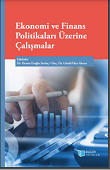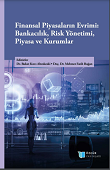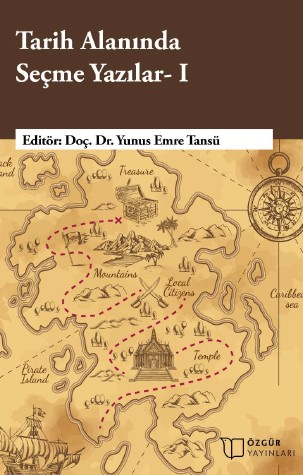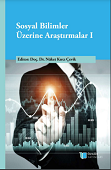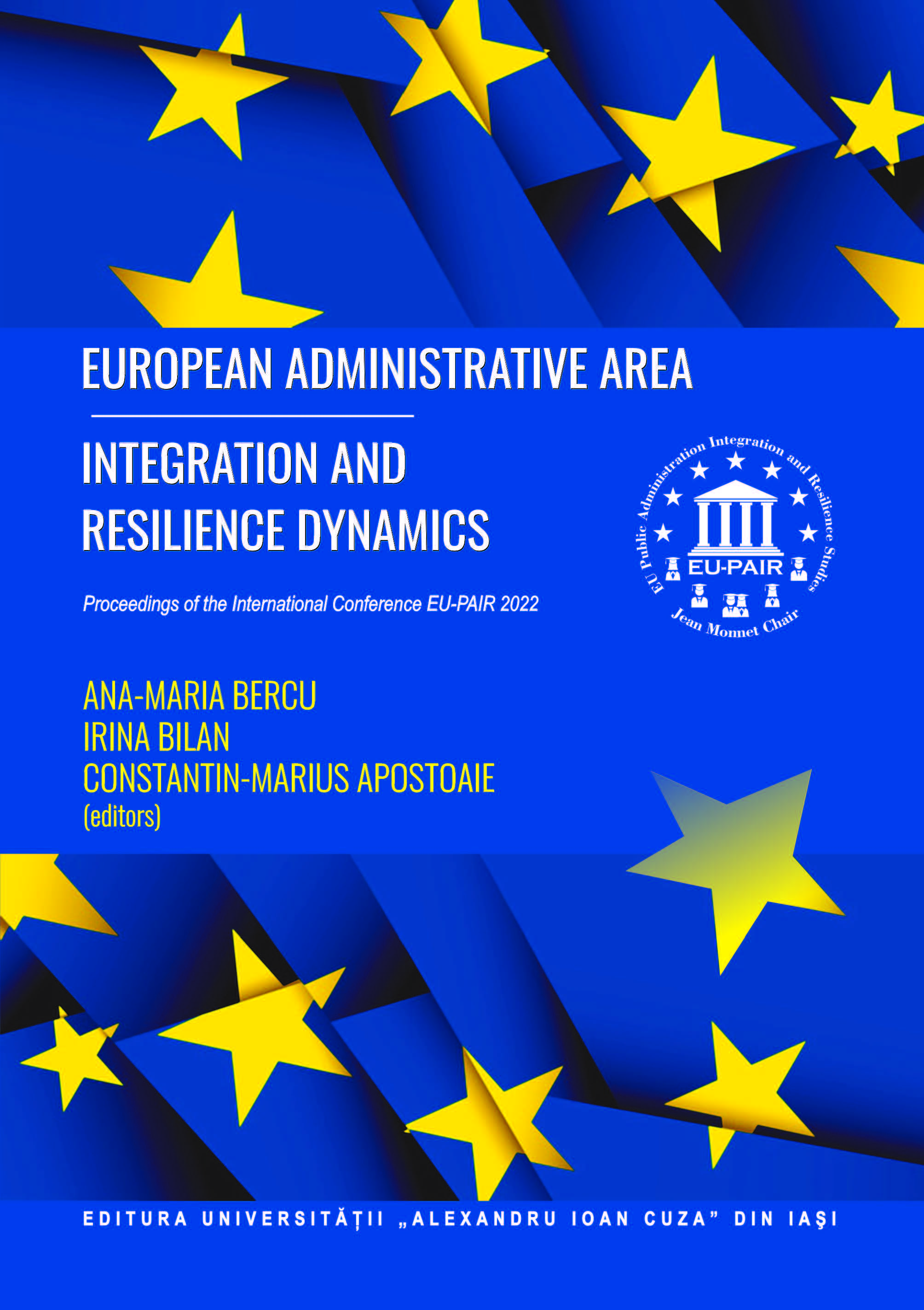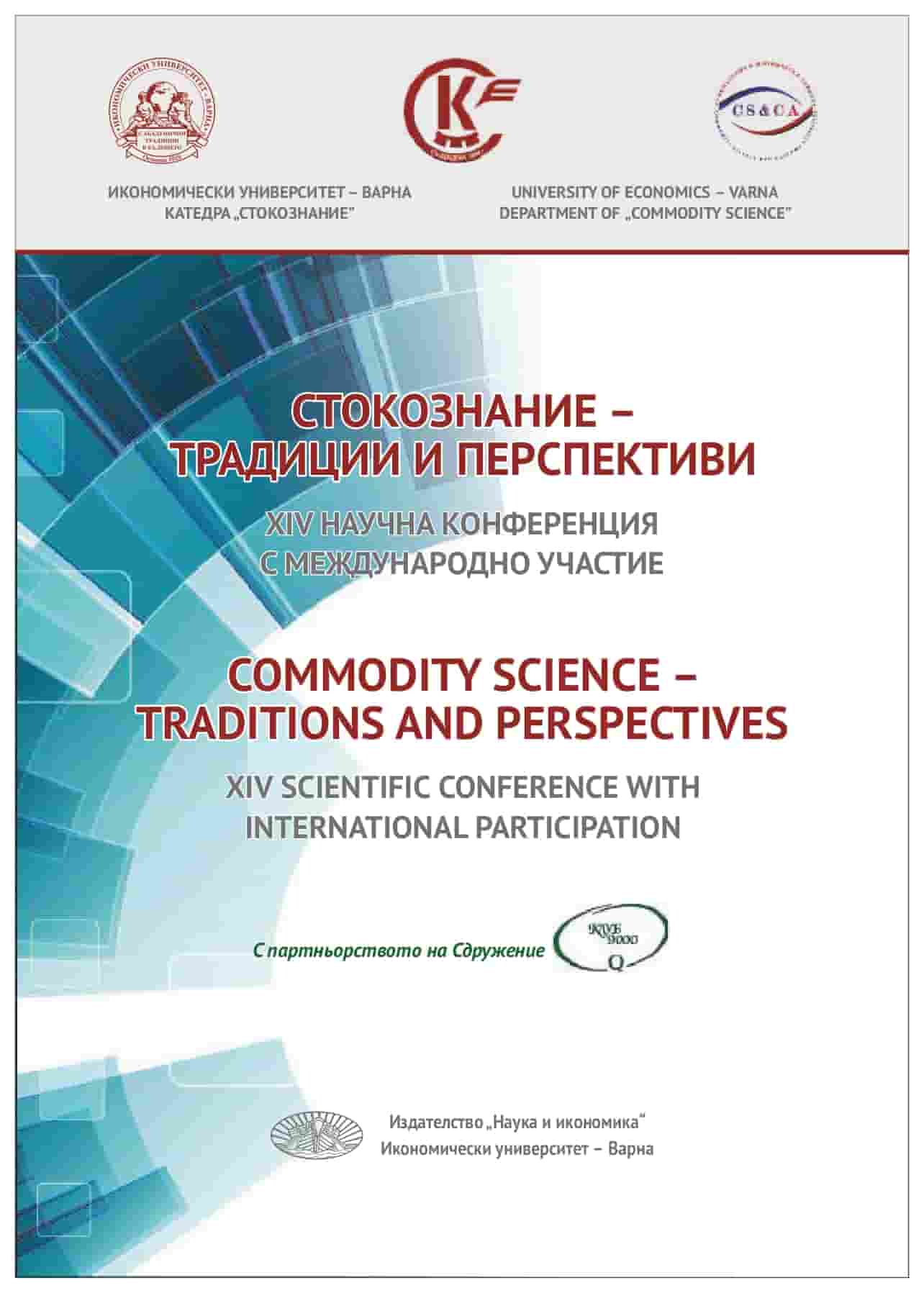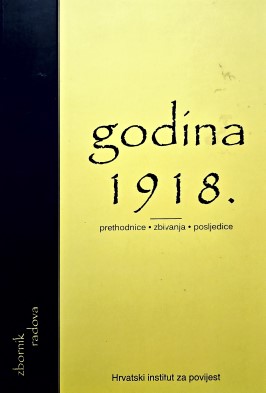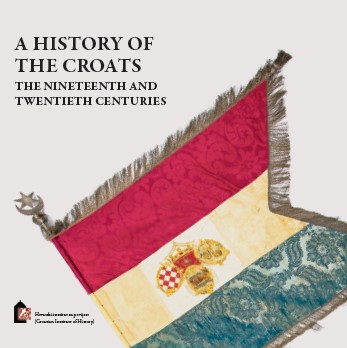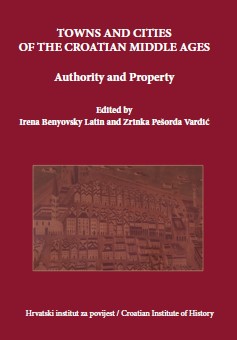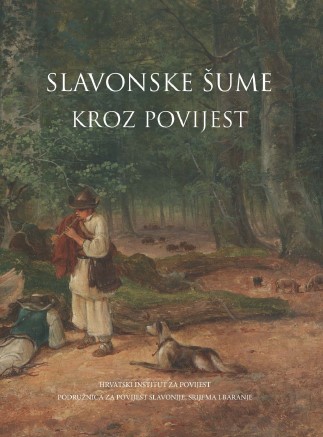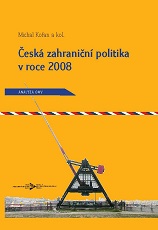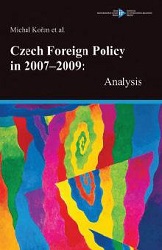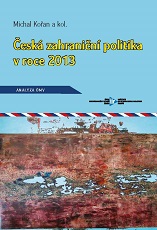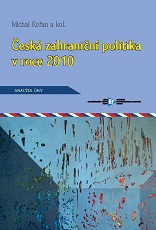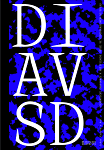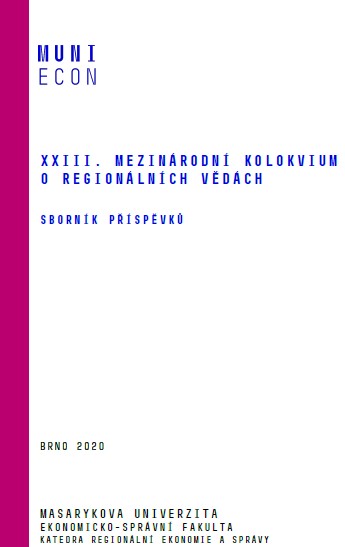
ANALYSIS OF REGIONAL DISPARITIES IN THE SLOVAK REPUBLIC BY EXAMINING SELECTED INDICATORS
Regional disparities are typical for many countries of the world, as well as for the Slovak Republic. Increasing regional disparities is not in the interest of any country, and is, therefore, a constantly monitored issue. The aim of this article is to analyze the development of regional differences in the Slovak Republic through selected indicators. We performed the analysis at the level of the NUTS III category in the years 1995 to 2018. As selected indicators, we have chosen the development of regional GDP per capita in euros and in purchasing power parity. Several methods can be used to examine the evolution of regional differences. We mainly used the characteristics of variability and also the average growth rate, with which we tried to identify changes in regional differences over time. We found that in the observed period, the differences between the regions of Slovakia increased overall, but the increase in differences prevailed mainly in the pre-crisis years. In recent years, we have seen a slight convergence between the regions. The government in each country always tries to put in place different measures to address this issue, but it does not always succeed. Given the current world situation associated with COVID- 19, it is very difficult to predict developments in the coming years.
More...
